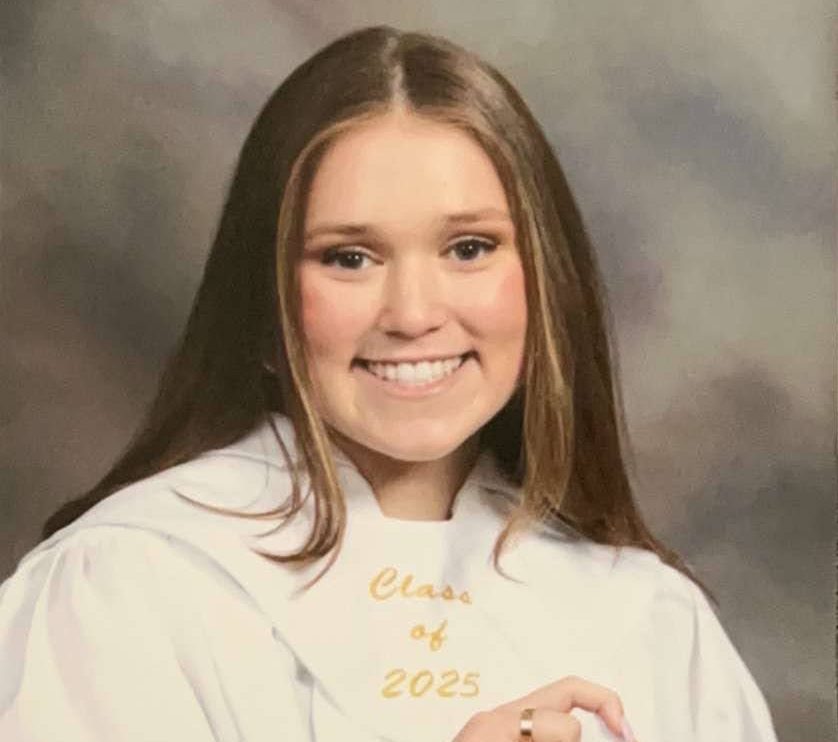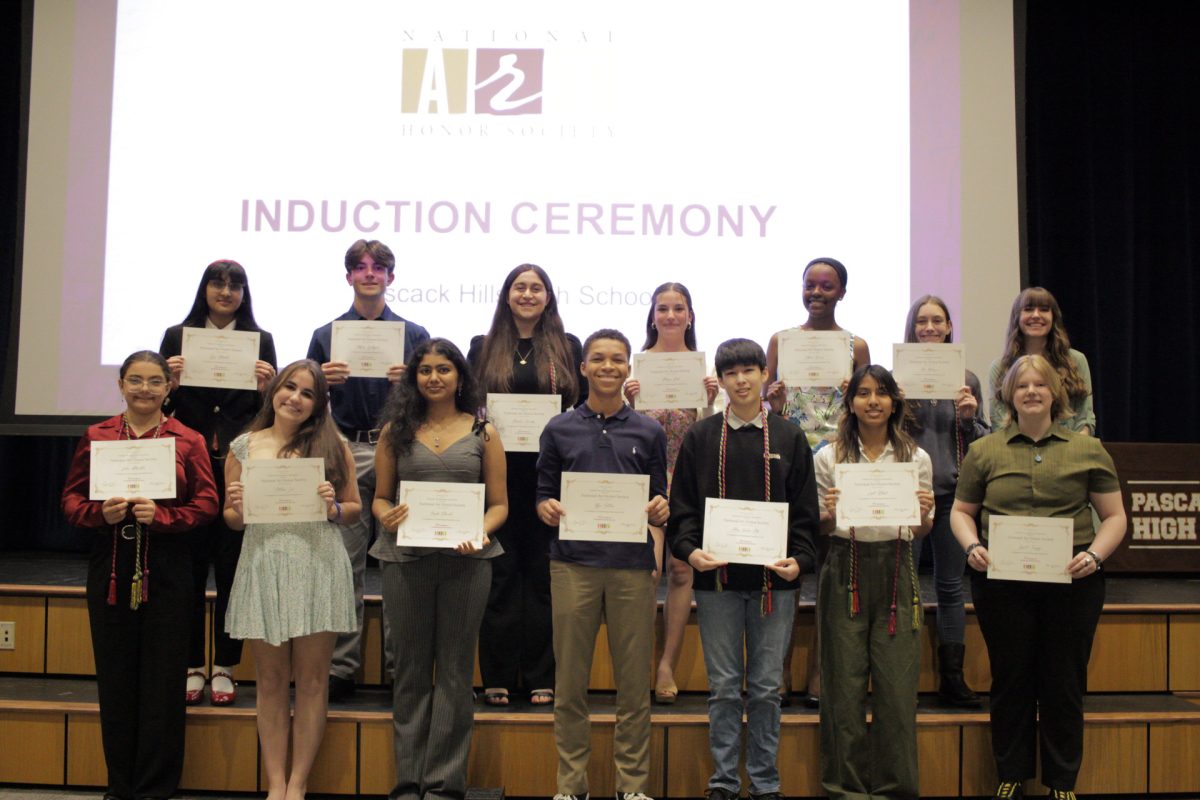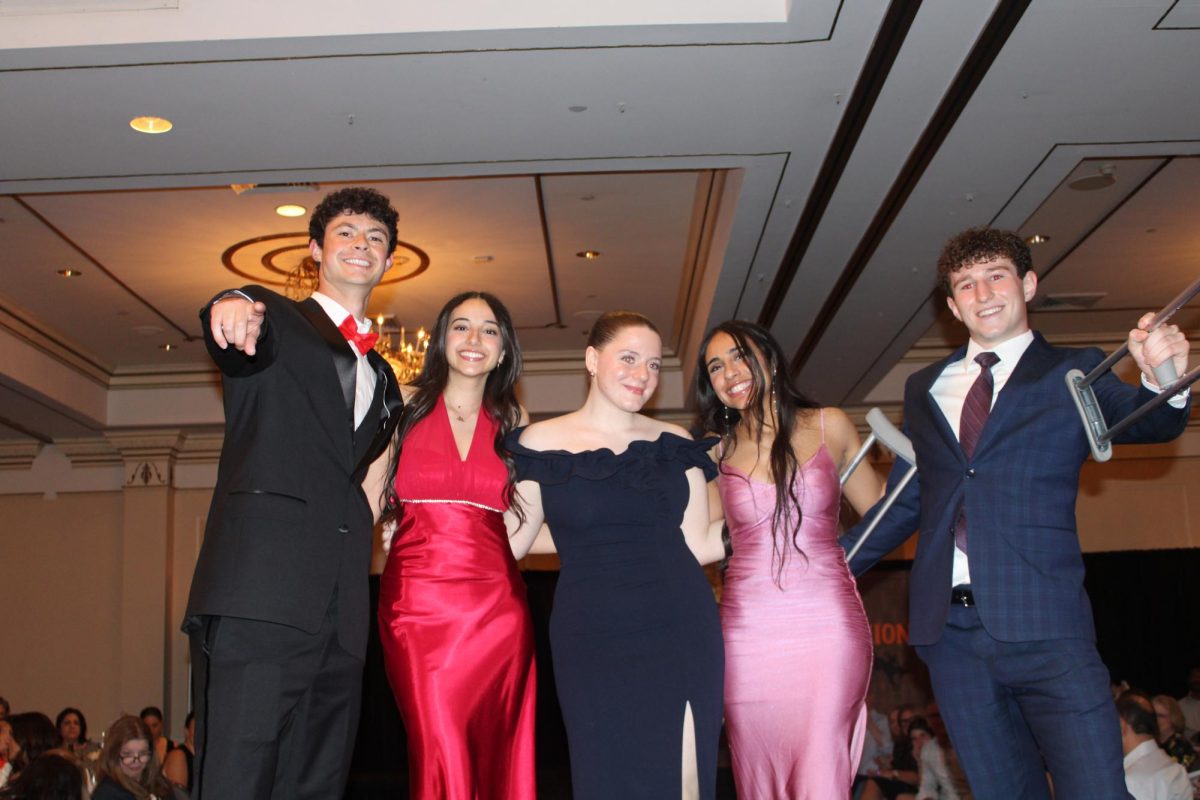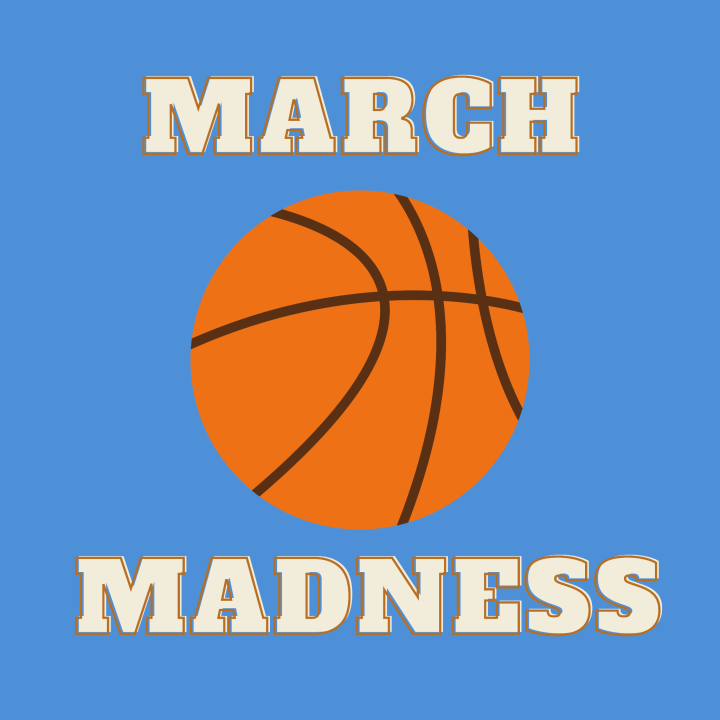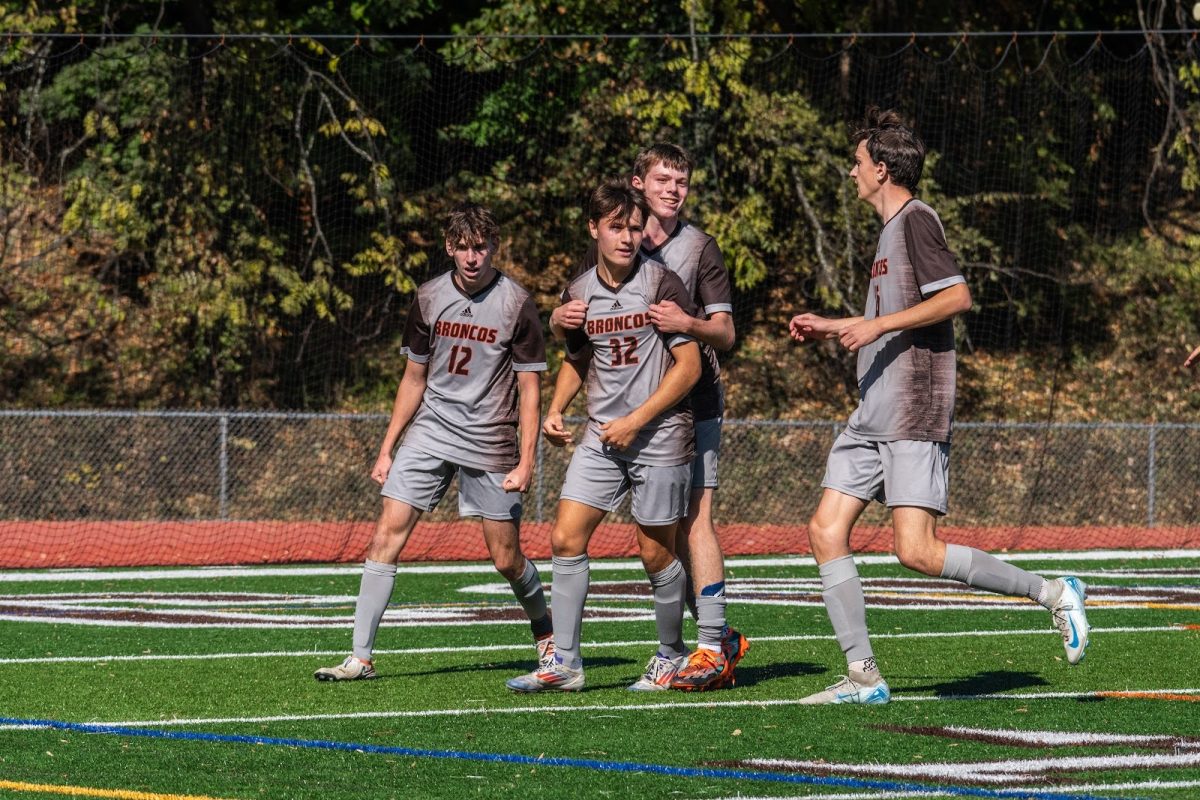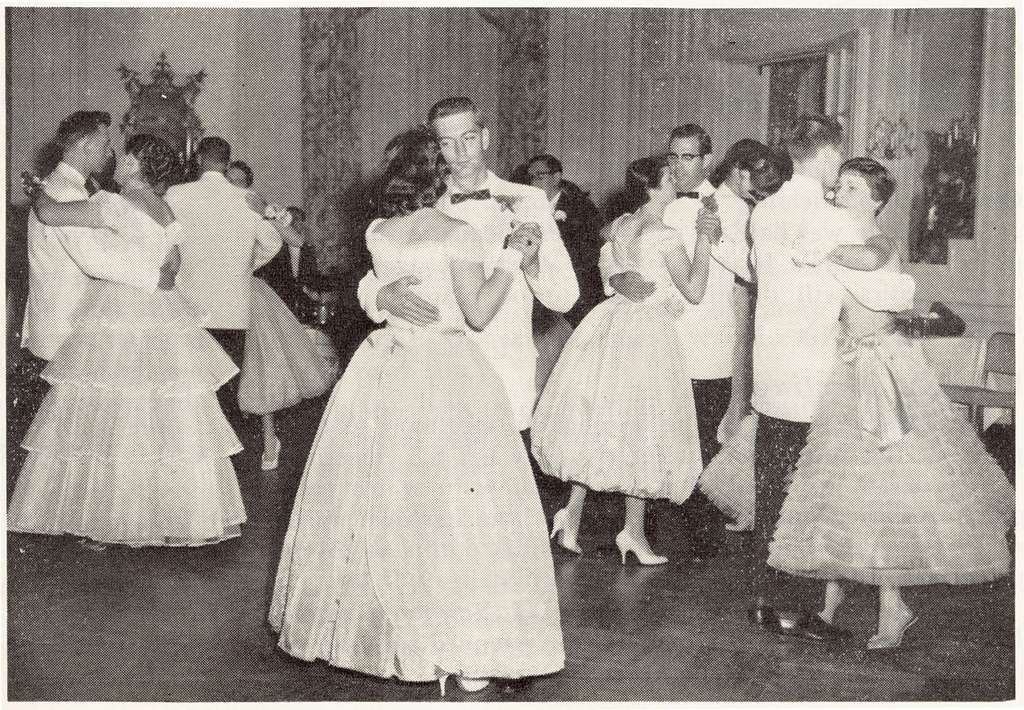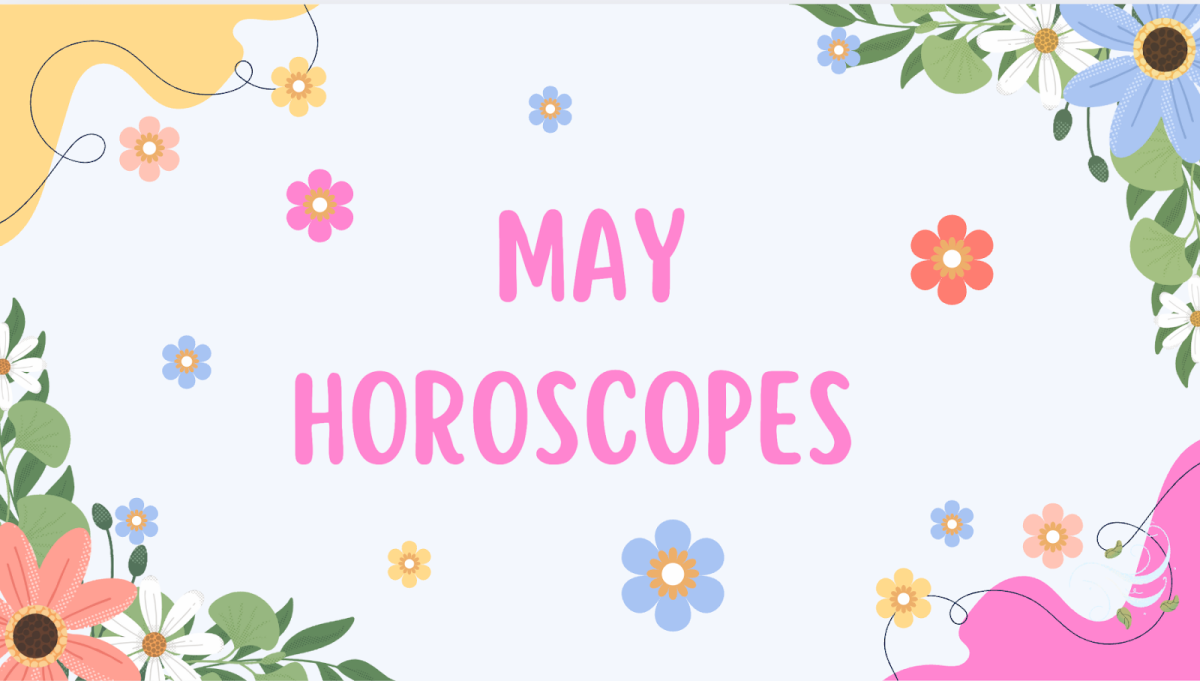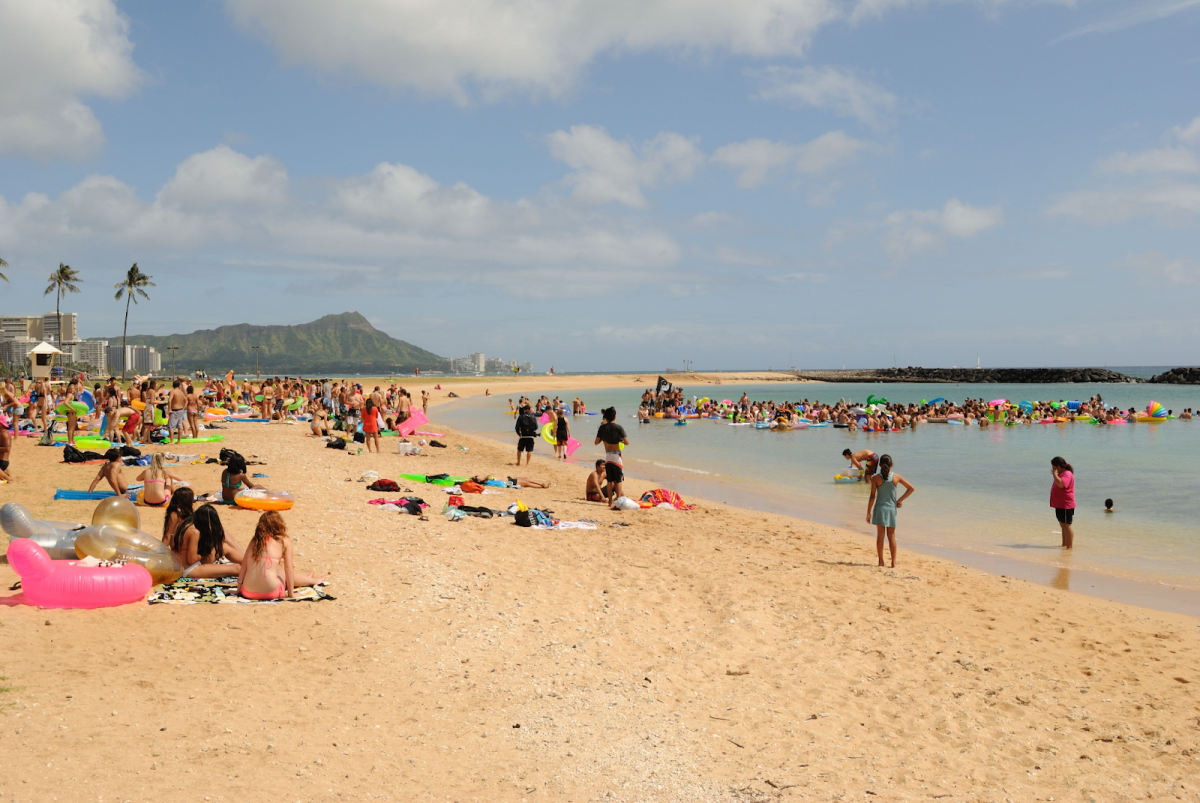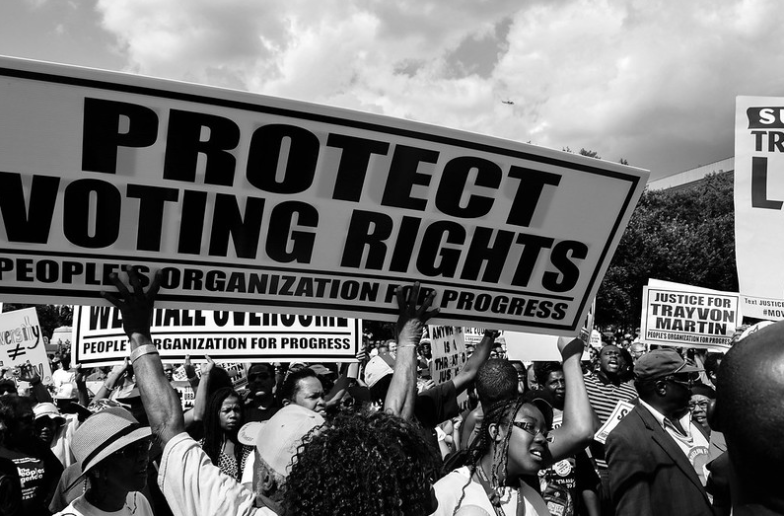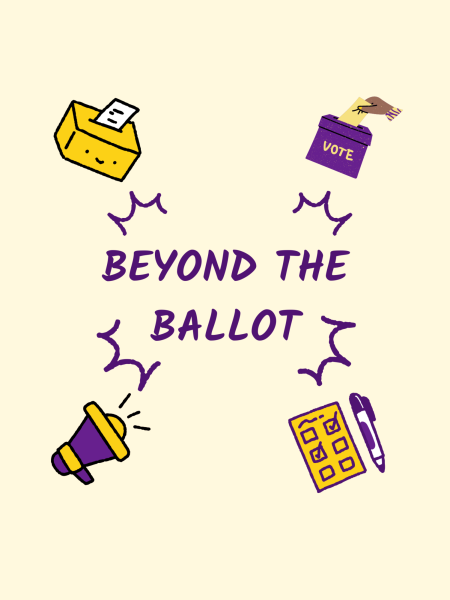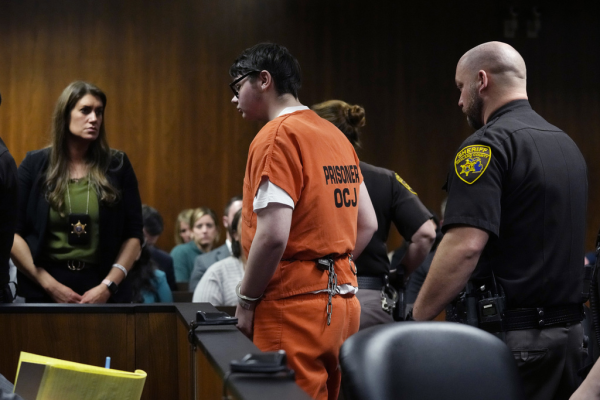Voter suppression throughout history
In the 1860s, Jim Crow laws were created as a collection of statutes aimed toward legalized racial segregation. Recently, a series of bills encouraging voter suppression nicknamed “Jim Crow 2.0” were introduced in Congress throughout January, which risks the eligibility of thousands of voters.
In the United States, citizens that are at least 18 years of age who are residents of a state are guaranteed the right to vote. This is the cornerstone of American democracy in which the people have a sense of authority through democracy.
However, over the last 20 years, barriers around the ballot box have grown larger and stronger.
Recently, a series of bills encouraging voter suppression nicknamed “Jim Crow 2.0” were introduced in Congress throughout January, which risks the eligibility of thousands of voters. As Congress faces new voter-suppressive bills that target minority groups, Dr. Martin Luther King Jr.’s fight for voting rights has been reignited.
In the 1860s, Jim Crow laws were created as a collection of statutes aimed toward legalized racial segregation. They institutionalized an elaborate system of segregation reaching into almost every area of Southern life.
A major component of Jim Crow laws were measures enacted to retain white superiority in the electoral process. State legislations implemented poll taxes, literacy tests, and all-white primaries to exclude African-American from the voting process.
Jim Crow laws dominated the landscape until the efforts of many civil rights leaders resisted them, King included. Through nonviolent protests, King was able to implement the Civil Rights Act with President Lyndon B. Johnson’s signature, which prohibited segregation through the Jim Crow Laws. King also helped ratify the Voting Rights Act, which halted efforts to restrict minority voters implemented by the Jim Crow Laws.
Despite the struggle for voter equality, in 2013, the Supreme Court stripped the Voting Rights Act of its primary clause: requiring local and state governments to gain approval from the federal government relating to changes in voting laws. In Shelby County v. Holder, the Supreme Court ruled in a 5-4 ruling repealed this clause.
Pascack Hills history teacher Doug Goodman commented, “The goal [of original Jim Crow laws and more recent voter suppression laws] is similar: people are clearly trying to prevent certain groups from voting. The people who are pushing these laws know that these laws will disproportionately affect minority voters.”
He continued by saying, “However, the severity is different. If you tried to register to vote in Mississippi prior to 1965 as an African American, you would probably get killed. Today the voter suppression laws are certainly trying to prevent African-Americans from voting, but they are doing it by preventing early voting, mail-in voting, not allowing people to help get to the polls or deliver ballots.”
With this in mind, Congress has been forming new bills supporting voter suppression.
As of Jan. 14, legislators have introduced over 250 bills with prohibitive provisions. By instituting toughened voter ID requirements, limited voting times, restricting registration, and purging voter rollers, many Americans, especially young, poor, nonwhite, and immigrant voters, are unable to cast their ballots.
Many of these were created to implement “election integrity” measures after the presidency of Donald Trump.
When Jim Crow Laws were first proposed, they were intended to prevent Black Americans from exercising their right to vote.
At the end of the Selma to Montgomery marches in 1965, King proposed that as long as those in power could pit the rich against the poor, men against women, white people against Black people, they could prevent the democratic system from providing liberty and justice for all.
“Thus,” King concluded, “The threat of the free exercise of the ballot by the Negro and the white masses alike resulted in the establishment of a segregated society… that’s what happened when the Negro and white masses of the South threatened to unite and build a great society.”
Sources:
https://www.history.com/topics/early-20th-century-us/jim-crow-laws
https://www.washingtonpost.com/history/2021/07/02/jim-crow-voting-restrictions-supreme-court/






